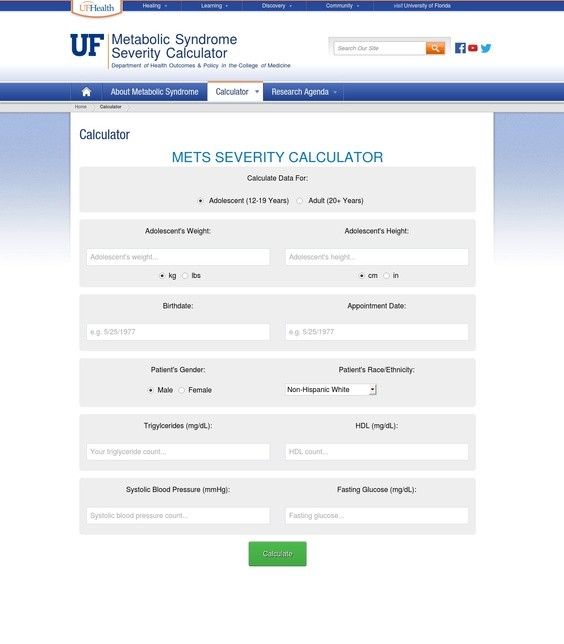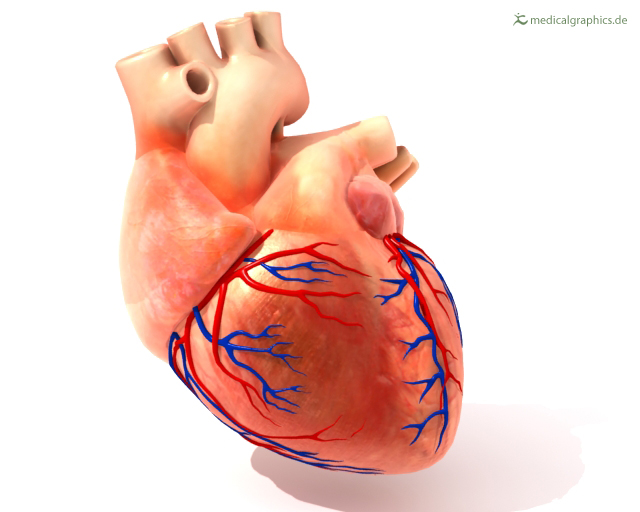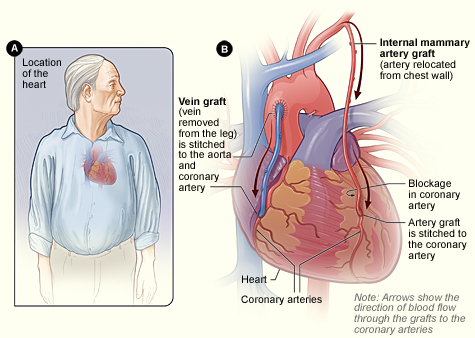A person�s risk of dying from heart disease may be predicted by the number of infectious agents present in the blood, according to a report in today�s Circulation: Journal of the American Heart Association.
�We showed a significant association between the number of infections to which a patient has been exposed and the extent of atherosclerosis in the arteries in the heart, neck and legs,� says lead author Hans J. Rupprecht, M.D. and Christine Espinola-Klein, M.D., a medical fellow in cardiology in the department of medicine II at Johannes Gutenberg University in Mainz, Germany.
�The risk for death was increased by the number of infectious agents, especially in people with advanced artery disease.�
However, in an accompanying editorial, Paul Ridker, M.D., Director of the Center for Cardiovascular Disease Prevention, Brigham and Women�s Hospital and associate professor at Harvard Medical School in Boston, cautions that �investigators must be careful not to confuse association with causation� because there could be alternate explanations for the results.
Rupprecht�s team tested 572 individuals with heart disease who had been admitted to the university hospital for diagnostic heart catheterizations. Most had coronary syndrome (chest pain, or heart attack).
Continue Reading Below ↓↓↓
They tested each person for antibodies for four viral and four bacterial agents or pathogens: herpes simplex virus 1 and 2 (causes cold sores and genital herpes); cytomegalovirus (can cause serious illness in immunosuppressed patients), Epstein-Barr virus (causes �mono�), Hemophilus influenzae (responsible for the �flu� virus), Chlamydia pneumoniae (which causes one kind of pneumonia), Mycoplasma pneumoniae (another pneumonia pathogen) and Helicobacter pylori (causes most stomach ulcers).
They followed participants for an average of 3.2 years to determine how many died from cardiovascular causes. Researchers found a correlation between cardiovascular death and the number of infectious antibodies. The death rate was 3.1 percent in patients testing positive for up to three pathogens, 9.8 percent for those with four to five pathogens and 15 percent for those with six to eight pathogens.
In patients with advanced atherosclerosis, 20 percent of those who tested positive for exposure to six to eight of the pathogens had died during the follow-up compared to 7 percent of those with three exposures or less. �Based on these results, we think that the number of infections to which an individual has been exposed may be involved in the development and progress of atherosclerosis. Both bacterial and viral pathogens seem to be involved,� she says.
Atherosclerosis starts with damage to the inner layer of the blood vessel, called the endothelium. Fatty particles accumulate within the vessel wall and the body responds to this damage with inflammation and immune system cells. The infection theory hypothesizes that these immune reactions might be triggered by infections to which the individual was exposed earlier in life.
However, previous research by other groups that looked at individual pathogens produced conflicting results. Some studies found an association and others suggested none.
Ridker stresses that this study is limited by its cross-sectional design because the patients initially arrived at the hospital with known or suspected artery disease. �Cross-sectional studies cannot eliminate the possibility that the infection came after the heart disease and not before, or that people with known or suspected artery disease are in poorer health and more prone to infection in general,� he says.
The few prospective studies published in which investigators asked whether individual infections were present before the onset of heart disease have actually found no association. Using data from two large studies � the Harvard-based Nurses� Health Study and Physicians� Health Study � Ridker�s group conducted the largest prospective study of multiple infectious agents.
In looking at four of the eight pathogens studied by Espinola-Klein, Ridker and his colleagues found no association between the number of infections a person had experienced and later heart attack and stroke. However, Ridker�s study did find that healthy people with high levels of inflammatory cells were more likely to develop heart disease later.
�Our results suggested that inflammation seems to be a fundamental issue,� he says. Furthermore, his editorial also notes previous studies show that aspirin and cholesterol-lowering statin drugs appear to work at least in part by reducing inflammation. �The causes of this heightened inflammatory response remains unknown but it appears that both inherited and environmental exposures play major roles,� he says.
Espinola-Klein acknowledges the possibility that other factors could skew the findings, but notes that after adjusting for age, gender, cardiovascular risk factors and an indication of inflammation called C-reactive protein, the association between the four bacterial infections and the development of advanced atherosclerosis remained significant. The viral infections were not significantly related to atherosclerosis development.
Continue Reading Below ↓↓↓
Co-authors are Stefan Blankenberg, M.D.; Christoph Bickel, M.D; Helmuth Koop, M.D.; Gerd Rippin, Ph.D.; Anja Victor; Gerd Hafner, M.D.; Wolfgang Schoumberger, Ph.D; and Jurgen Meyer, M.D.
Source: American Heart Association









